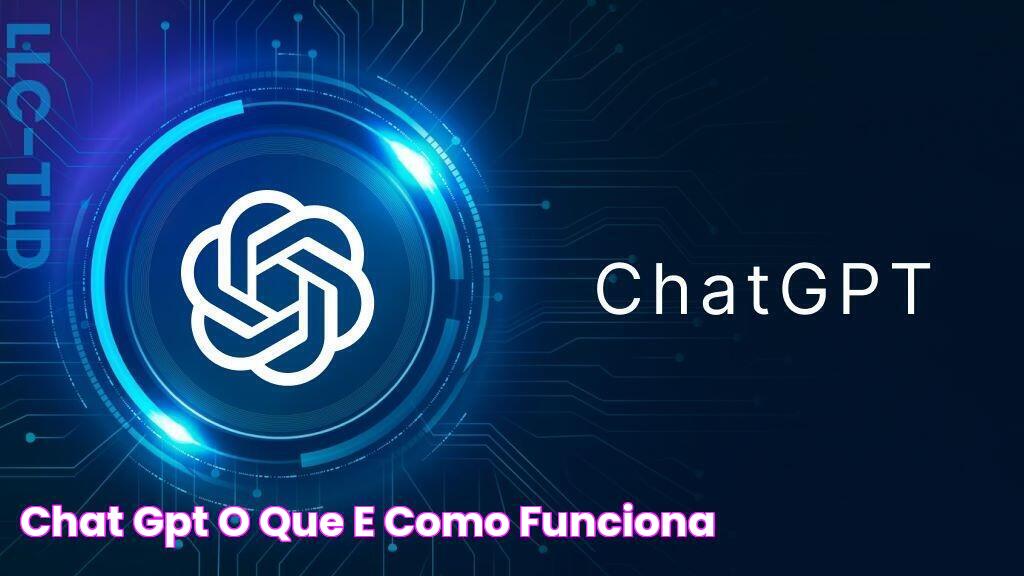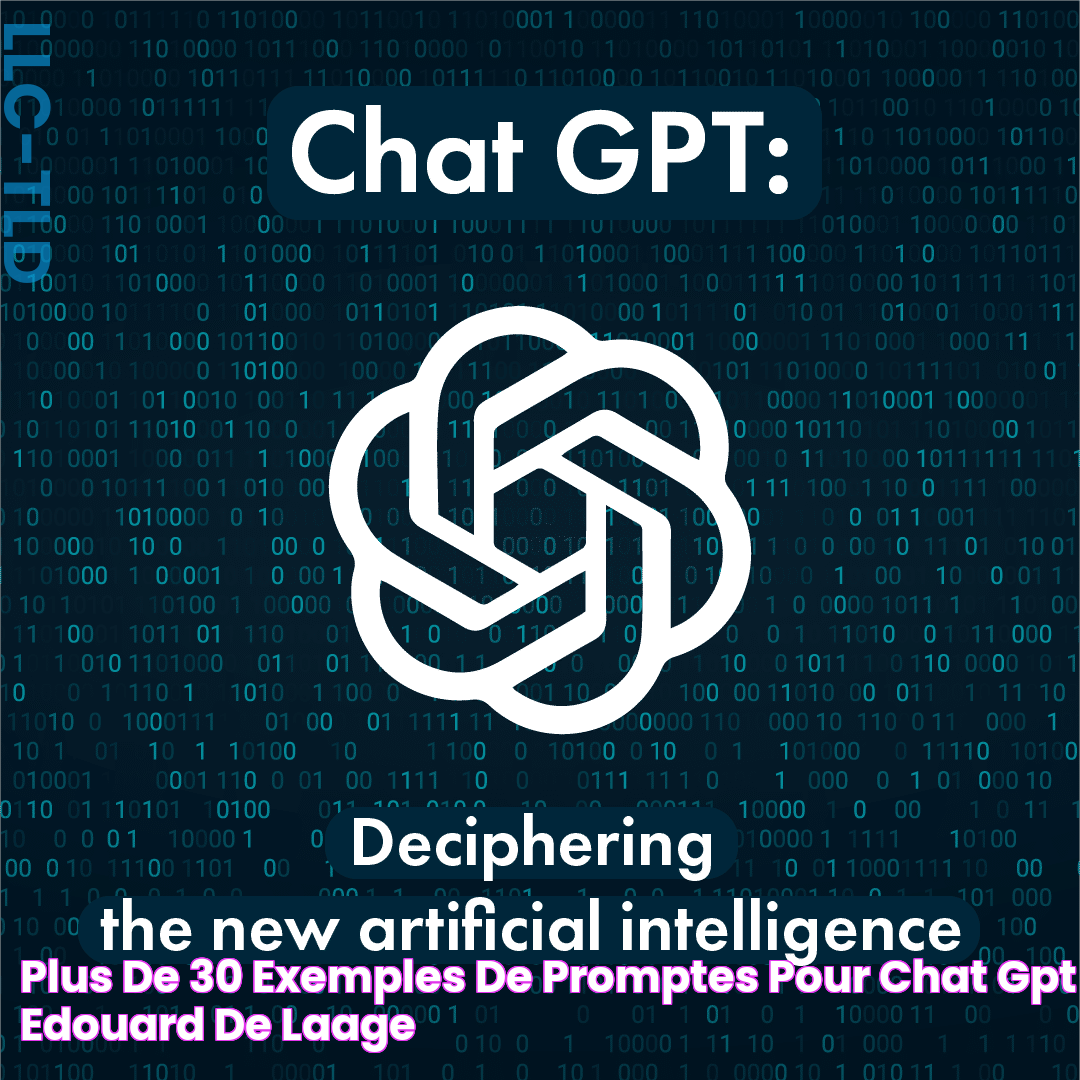Discover The Power Of CGAT GPY: Enhance Your Protein Knowledge
CGAT GPY is a programming language used in bioinformatics to analyze DNA sequences. It was developed by the Wellcome Trust Sanger Institute. CGAT GPY is an acronym for Comparative Genomics Analysis Tool for Python. It is a high-level, object-oriented language that is designed to be easy to use and to promote code reuse. CGAT GPY has a wide range of features that make it suitable for a variety of bioinformatics tasks, including:
Sequence analysis: CGAT GPY can be used to align DNA sequences, identify genes, and predict the function of proteins.Data management: CGAT GPY can be used to manage large datasets of DNA sequences.Statistical analysis: CGAT GPY can be used to perform statistical analysis on DNA sequences.Visualization: CGAT GPY can be used to visualize DNA sequences and other data.
CGAT GPY is a powerful tool that can be used to address a wide range of bioinformatics problems. It is free and open source, and it is available for download from the Wellcome Trust Sanger Institute website.
Read also:Discover The Ultimate Guide To Understanding And Applying Pafoa
cgat gpy
CGAT GPY is a programming language used in bioinformatics to analyze DNA sequences. It was developed by the Wellcome Trust Sanger Institute. CGAT GPY is an acronym for Comparative Genomics Analysis Tool for Python. It is a high-level, object-oriented language that is designed to be easy to use and to promote code reuse.
- Open source: CGAT GPY is free and open source, making it accessible to a wide range of users.
- Cross-platform: CGAT GPY can be used on a variety of operating systems, including Windows, Mac OS X, and Linux.
- Easy to use: CGAT GPY has a simple and intuitive syntax that makes it easy to learn and use.
- Powerful: CGAT GPY is a powerful language that can be used to perform a wide range of bioinformatics tasks.
- Well-documented: CGAT GPY has extensive documentation that makes it easy to learn and use.
- Supported by a large community: CGAT GPY is supported by a large and active community of users and developers.
These key aspects make CGAT GPY a valuable tool for bioinformatics researchers. It is a powerful, easy-to-use, and well-supported language that can be used to perform a wide range of bioinformatics tasks.
1. Open source
The open source nature of CGAT GPY is a key factor in its widespread adoption. Because it is free to use and modify, researchers from all over the world can contribute to its development and use it to address a wide range of bioinformatics problems. This has led to the creation of a large and active community of CGAT GPY users and developers, who share code, ideas, and support. As a result, CGAT GPY is constantly being improved and updated, making it one of the most powerful and versatile bioinformatics tools available.
One of the most important benefits of open source software is that it allows users to customize it to meet their specific needs. This is especially important in bioinformatics, where there is a wide range of different data types and analysis methods. CGAT GPY's open source nature makes it easy for users to add new features and functionality, or to modify existing features to better suit their needs. This flexibility has made CGAT GPY a popular choice for researchers who need to develop custom bioinformatics pipelines or tools.
The open source nature of CGAT GPY has also made it a valuable educational tool. Because the source code is freely available, students and researchers can learn how CGAT GPY works and how to use it to solve bioinformatics problems. This has helped to train a new generation of bioinformaticians who are proficient in using open source software.
2. Cross-platform
The fact that CGAT GPY is cross-platform is a major advantage, as it allows users to run their analyses on any operating system they choose. This is important for several reasons. First, it allows users to choose the operating system that is best suited for their needs. For example, some users may prefer to use Windows because it is the most widely used operating system, while others may prefer to use Mac OS X because it is known for its stability and ease of use. Still others may prefer to use Linux because it is open source and free. CGAT GPY's cross-platform compatibility allows users to choose the operating system that best meets their needs, without having to worry about whether or not CGAT GPY will be compatible.
Read also:Before The Transformation Heidi Montags Journey Presurgery
Second, CGAT GPY's cross-platform compatibility makes it easier for users to collaborate with others. For example, a researcher who is using Windows may need to share their data with a colleague who is using Mac OS X. If CGAT GPY were not cross-platform, the researcher would have to convert their data to a format that is compatible with Mac OS X. This could be a time-consuming and error-prone process. However, because CGAT GPY is cross-platform, the researcher can simply share their data with their colleague without having to worry about compatibility issues.
Third, CGAT GPY's cross-platform compatibility makes it more likely that users will be able to find support for their work. For example, if a user is having trouble running CGAT GPY on their computer, they can easily find help online from other users who have experience with CGAT GPY on that operating system. This can be a valuable resource, especially for users who are new to CGAT GPY or who are working on a complex project.
Overall, the fact that CGAT GPY is cross-platform is a major advantage that makes it a more versatile and user-friendly tool for bioinformatics.
3. Easy to use
CGAT GPY's ease of use is one of its key advantages. It has a simple and intuitive syntax that makes it easy to learn and use, even for beginners. This is in contrast to many other bioinformatics tools, which can be complex and difficult to use. CGAT GPY's ease of use makes it a good choice for researchers who are new to bioinformatics, as well as for experienced researchers who want to quickly and easily perform complex analyses.
- Simplified syntax: CGAT GPY's syntax is designed to be as simple and intuitive as possible. This makes it easy for users to learn and use the language, even if they have no prior programming experience. For example, CGAT GPY uses a simple, English-like syntax that is easy to read and understand.
- Well-documented: CGAT GPY is well-documented, with extensive documentation that covers all aspects of the language. This documentation makes it easy for users to learn how to use CGAT GPY and to find answers to their questions. In addition, CGAT GPY has a large and active user community, which provides support and advice to new users.
- Tutorials and examples: CGAT GPY comes with a number of tutorials and examples that show users how to use the language. These tutorials and examples are a great way to learn how to use CGAT GPY and to get started with bioinformatics analysis.
Overall, CGAT GPY's ease of use makes it a good choice for researchers of all levels. It is a powerful and versatile language that can be used to perform a wide range of bioinformatics analyses.
4. Powerful
The power of CGAT GPY stems from its comprehensive set of features, which are tailored to meet the specific needs of bioinformatics research. These features include:
- Sequence analysis: CGAT GPY provides a comprehensive set of tools for sequence analysis, including sequence alignment, gene finding, and motif discovery. These tools are essential for understanding the structure and function of DNA sequences.
- Data management: CGAT GPY includes a powerful data management system that can handle large datasets of DNA sequences. This system makes it easy to organize, store, and retrieve data, which is essential for efficient bioinformatics analysis.
- Statistical analysis: CGAT GPY provides a variety of statistical tools for analyzing DNA sequences. These tools can be used to identify patterns and trends in data, which can lead to new insights into the biology of organisms.
- Visualization: CGAT GPY includes a number of visualization tools that can be used to visualize DNA sequences and other data. These tools make it easy to identify patterns and trends in data, which can lead to new insights into the biology of organisms.
The combination of these features makes CGAT GPY a powerful tool for bioinformatics research. It can be used to perform a wide range of tasks, from simple sequence analysis to complex data analysis. CGAT GPY is also easy to use, making it a good choice for researchers of all levels.
5. Well-documented
The fact that CGAT GPY is well-documented is a major advantage, as it makes it easy for users to learn how to use the language and to find answers to their questions. This is especially important for new users, who may not be familiar with bioinformatics or with programming in general. The documentation for CGAT GPY is comprehensive and covers all aspects of the language, from basic concepts to advanced features. It is also well-written and easy to understand.
The extensive documentation for CGAT GPY has a number of benefits. First, it makes it easier for users to learn how to use the language. This is important because CGAT GPY is a powerful language with a wide range of features. Without good documentation, it would be difficult for users to learn how to use all of these features effectively. Second, the documentation makes it easier for users to find answers to their questions. This is important because CGAT GPY is a complex language, and users may encounter problems or have questions while using it. The documentation provides a valuable resource for users to find answers to their questions and to learn how to solve problems.
Overall, the fact that CGAT GPY is well-documented is a major advantage. It makes it easier for users to learn how to use the language and to find answers to their questions. This makes CGAT GPY a more accessible and user-friendly language for bioinformatics research.
6. Supported by a large community
CGAT GPY is supported by a large and active community of users and developers. This community provides a number of benefits to CGAT GPY users, including:
- Support: The CGAT GPY community provides support to users through a variety of channels, including a mailing list, a forum, and a wiki. This support can be invaluable to users who are new to CGAT GPY or who are.
- Development: The CGAT GPY community is constantly developing new features and functionality for CGAT GPY. This development is driven by the needs of the community, and it ensures that CGAT GPY remains a state-of-the-art bioinformatics tool.
- Education: The CGAT GPY community provides a number of educational resources, including tutorials, webinars, and workshops. These resources help users to learn how to use CGAT GPY effectively and to get the most out of its features.
- Collaboration: The CGAT GPY community provides a platform for users to collaborate on projects and to share ideas. This collaboration can lead to new discoveries and to the development of new tools and resources.
The CGAT GPY community is a valuable resource for users of all levels. It provides support, development, education, and collaboration, all of which contribute to the success of CGAT GPY as a bioinformatics tool.
FAQs for "CGAT GPY"
Below are some frequently asked questions about CGAT GPY, a programming language used in bioinformatics to analyze DNA sequences. These should provide a brief overview of what CGAT GPY is, what it can be used for, and how to get started with it.
Question 1: What is CGAT GPY?
Answer: CGAT GPY is an open-source, cross-platform programming language specifically designed for bioinformatics research. It provides a comprehensive set of tools for sequence analysis, data management, statistical analysis, and visualization.
Question 2: What are the benefits of using CGAT GPY?
Answer: CGAT GPY is easy to use, well-documented, and supported by a large community of users and developers. It is also powerful and versatile, making it suitable for a wide range of bioinformatics tasks.
Question 3: How do I get started with CGAT GPY?
Answer: The CGAT GPY website provides extensive documentation, tutorials, and examples to help users get started. There is also a large community of users and developers who can provide support and advice.
Question 4: What are some examples of how CGAT GPY can be used?
Answer: CGAT GPY can be used for a wide range of bioinformatics tasks, including sequence alignment, gene finding, motif discovery, data management, statistical analysis, and visualization.
Question 5: Is CGAT GPY free to use?
Answer: Yes, CGAT GPY is free and open source software. This means that users can download, use, and modify the software without paying any fees.
Question 6: Where can I find more information about CGAT GPY?
Answer: The CGAT GPY website is the primary source of information about the software. It includes documentation, tutorials, examples, and a user forum.
Summary
CGAT GPY is a versatile and powerful programming language that is designed specifically for bioinformatics research. It is easy to use, well-documented, and supported by a large community of users and developers. CGAT GPY can be used for a wide range of bioinformatics tasks, including sequence analysis, data management, statistical analysis, and visualization.
Next Steps
For more information about CGAT GPY, please visit the CGAT GPY website.
Tips for using "CGAT GPY"
CGAT GPY is a powerful and versatile programming language for bioinformatics research, but it can be challenging to use effectively. Here are a few tips to help you get the most out of CGAT GPY:
Use the documentation.
The CGAT GPY documentation is extensive and well-written. It is a valuable resource for learning how to use the language and to find answers to your questions.
Start with the tutorials.
The CGAT GPY website provides a number of tutorials that can help you get started with the language. These tutorials are a great way to learn the basics of CGAT GPY and to get started with your own bioinformatics projects.
Join the community
The CGAT GPY community is a valuable resource for users of all levels. You can get support, development, education, and collaboration from the community.
Use the right tools.
CGAT GPY provides a number of tools that can make your work easier. These tools include a sequence alignment tool, a gene finding tool, a motif discovery tool, and a data management system.
Be patient.
Learning to use CGAT GPY takes time and practice. Don't be discouraged if you don't understand everything right away. Just keep practicing and you will eventually get the hang of it.
Summary
By following these tips, you can improve your skills in using CGAT GPY and become a more effective bioinformatics researcher.
Next Steps
For more information about CGAT GPY, please visit the CGAT GPY website.
Conclusion
CGAT GPY is a powerful and versatile programming language that is specifically designed for bioinformatics research. It is easy to use, well-documented, and supported by a large community of users and developers. CGAT GPY can be used for a wide range of bioinformatics tasks, including sequence analysis, data management, statistical analysis, and visualization.
As the field of bioinformatics continues to grow, CGAT GPY will likely become even more important. The language is well-suited to meet the challenges of modern bioinformatics research, and it is likely to remain a valuable tool for researchers for many years to come.
Discover The Best Of "@nagi-channel 3": Uncover Hidden Gems And Exclusive Content
Discover The Power Of 8009556600 Today!
Candice Dare: Unraveling The Life And Career Of A Trailblazing Artist


